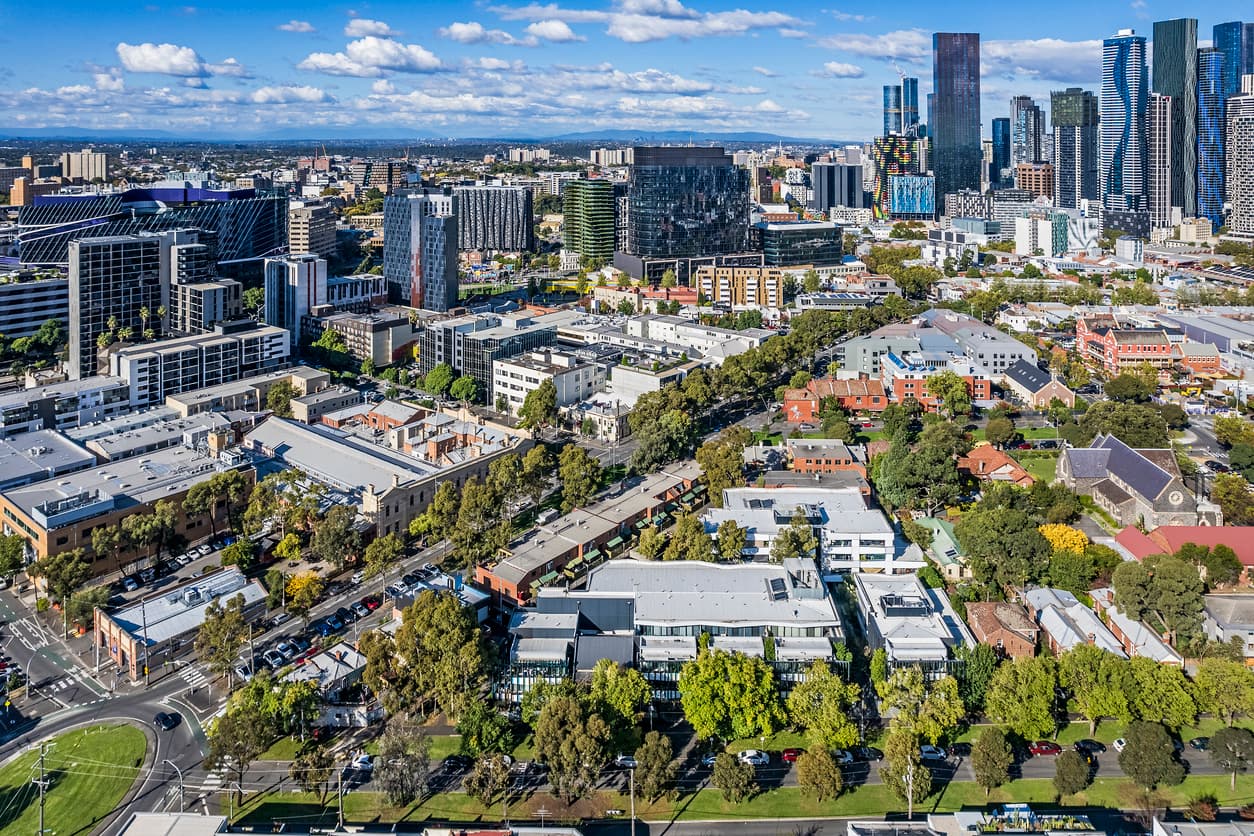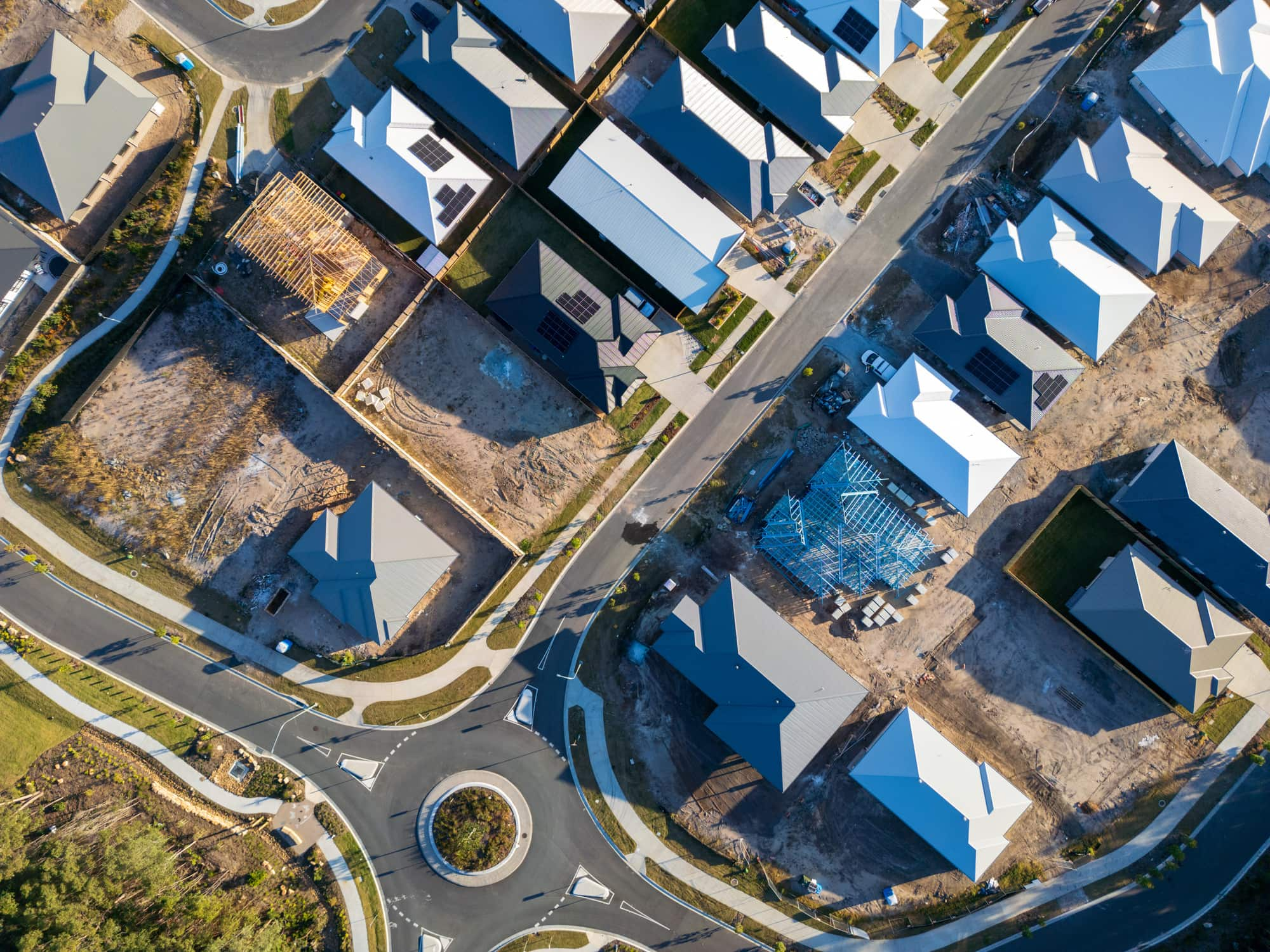Managed housing has significant potential to ease Australia’s housing crisis, while also becoming an attractive asset class for investors.
Despite persistent escalation of construction costs across the sector, achieving sustainable investment returns is indeed possible. Upfront cost savings will be important but are only one aspect of success. For build-to-rent, purpose-built student housing, or social and affordable housing projects to deliver sustainable, lasting value for both investors and residents, a number of other key project delivery considerations must be addressed too.
Understanding the occupant is key
Stable investment returns from managed housing depend on two things: first, creating cost-effective dwellings that can deliver the amenities, features, finishes and quality-of-life desired by potential occupants, without compromising durability. And, secondly, managing buildings effectively over the long term so that they maintain quality, minimise occupant and vacancies, keep pace with occupants’ changing needs and expectations, and achieve efficiencies in the ongoing cost of operations, facilities management and refurbishment.
To achieve both goals, it’s critical to understand what is important to the potential resident – which means trying to build a picture of who they are, what they need now, and what they may value in future. Each project will be different because each community is different – and change is constant. Anticipating, recognising and adapting to demographic trends can help investors futureproof their projects.
Designing for success, with a unified CAPEX and OPEX mindset
Smart design investment early on can provide significant savings and value-add over future years and also plays a major role in occupant experience and retention. This is particularly important where the goal is long-term leasing.
The industry has seen many examples of developments not stacking up financially. Combined with general industry-wide price increases and escalation, often the need for large high-quality community spaces and amenities pushes the average unit price higher than the median range in the area. Shifting the mindset to view capex and opex as a unified investment, however, can unlock benefits. For example, many developers are willing to pay an upfront premium to achieve a services design and system that will provide operational cost efficiencies in the future. Good design, with both capex and opex in mind, is likely to be less expensive to operate over time.
Embracing new opportunities in construction and procurement
Innovation will be crucial in the battle against cost escalation and other headwinds in the industry. Modular construction is increasing in popularity and holds potential for reducing construction cost and timeframes and mitigating the challenge of labour shortages. It can deliver a level of precision, quality control and speed that ticks a lot of boxes. Standardised core products, not necessarily only at the large ‘volumetric’ scale, bring opportunities for economies of scale and also potential reductions in carbon emissions and waste.
However, traditional modular contractors have until now focused mainly on commercial industrial spaces. A change of direction to large-scale residential has a range of complexities, including higher expectations of quality and the need for greater variety. Contractors who introduce a modular arm to their business will require a shift in mindset from builder to manufacturer, which is a whole new story.
Regardless of the method of construction, a robust procurement strategy will be essential to streamline development timelines and quality. Partnering with trusted contractors can create reliable and adaptive teams, able to fast-track delivery of consistent, high-quality product.
Leveraging data to drive better decisions
Modern buildings are providing more data than ever before about patterns of occupancy and use of building utilities, services, features and facilities. Drilling into this data from related developments can help guide strategic planning and inform the design of new projects, revealing potential opportunities for optimisation.
Data is also at the heart of effective, efficient facilities management. BIM can revolutionise the efficiency of operations and maintenance over the long term. It can underpin more proactive, precise and predictive maintenance strategies and plans, as well as providing greater certainty of the actual costs of facilities management based on real data rather than generic estimates.
From a facilities management point of view, data from lifts or access controls could be leveraged to inform cleaning frequency. Usage behaviours could be coordinated with weather patterns and calendar to set the parameters for heating, ventilation and air conditioning. AI and bots could also be incorporated into facilities management to answer enquiries and questions from occupants – with the added benefit of multi-language communication.
Our industry has tended to lag behind in adopting advanced digital tools – but the opportunities afforded by the power of AI, BIM and digital twins are far too significant to miss. Wherever new technologies can save human time, opex savings are sure to follow.
Adopting a long-term, multifaceted and holistic approach
As pressures on the housing sector continue to mount, a focus on cost savings alone will not guarantee sustainable returns. To create housing projects that deliver lasting financial returns and societal value, a long-term, multifaceted and holistic approach is required—one that is centred on occupants’ needs and prioritises innovation, technology, sustainability and resilience. For investors who have the appetite to play a long game, the financial rewards can be substantial, offering a cherry on the top of a fundamental contribution to the wellbeing of Australian communities.






